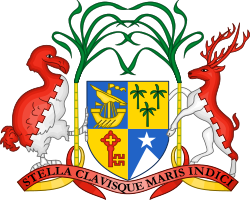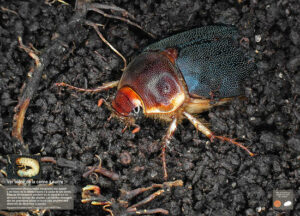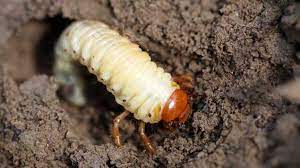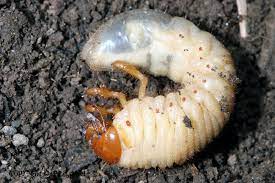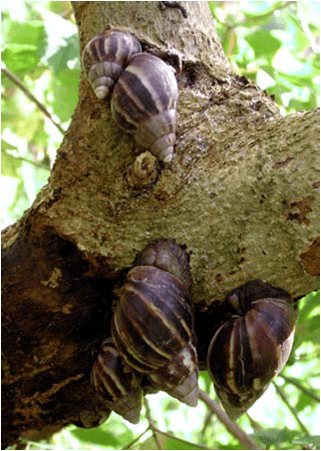
Giant African Snail (GAS) protocol for export containers to Australia.
Giant African Snails (GAS) are considered as invasive alien species and is a potential threat because they can cause damage to important food crops and other agricultural and natural resources.
The Department of Agriculture, water and the Environment have identified containers originating from and/or transshipping through GAS infected countries as a potential pathway of introduction of GAS into Australia. As part of risk management strategies of Australia to minimize the risk of introduction of this invasive species into Australia, Mauritius being the last port of call to transshipping containers from African countries is required to implement a Port Hygiene System on the Port area to demonstrate area freedom from GAS. This arrangement requires the collaboration of shipping companies and Port Authorities.
The protocol provides for:
- surveillance and monitoring of port area and surrounding
- inspection of containers destined for export to Australia an
- monitoring and surveillance of container depots for GAS freedom and has been implemented since 2010.
 Loading in progress
Loading in progress
